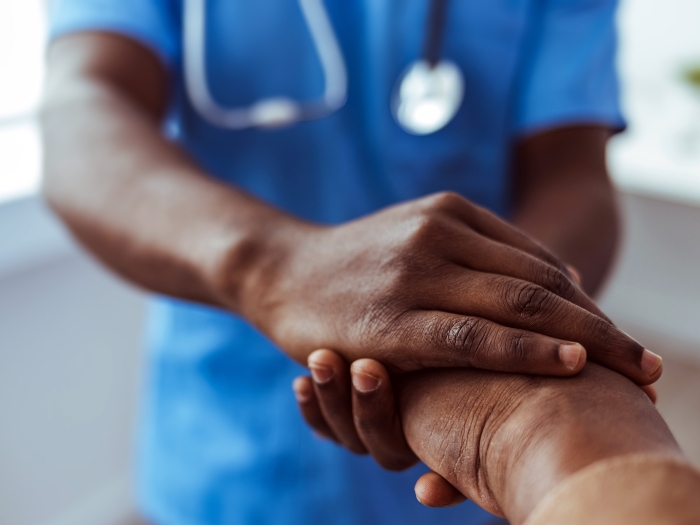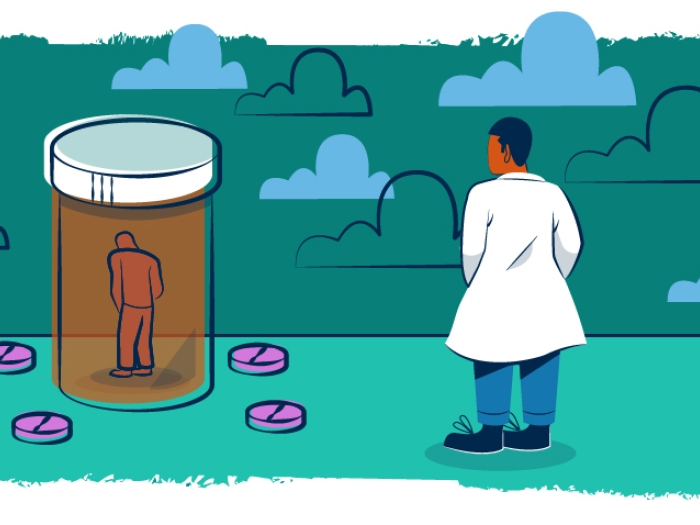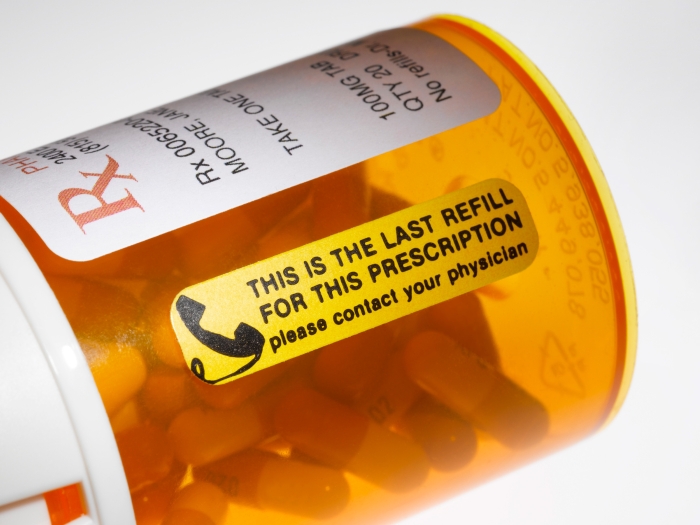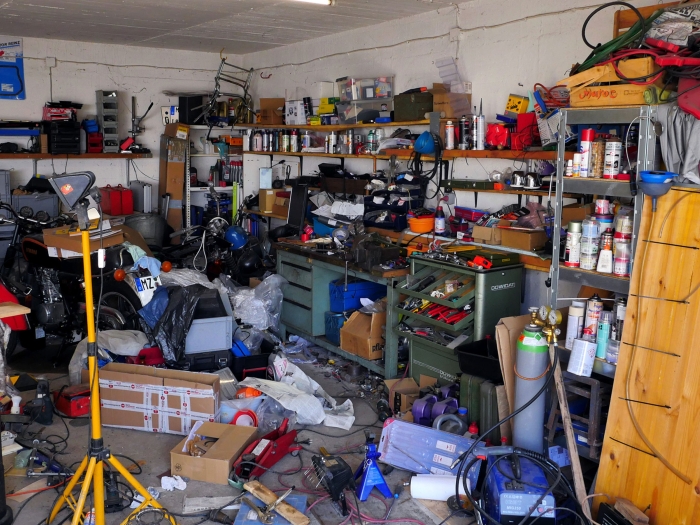A physician's personal perspective on being a provider and caring for patients during the COVID-19 outbreak.
10:29 AM
Author |
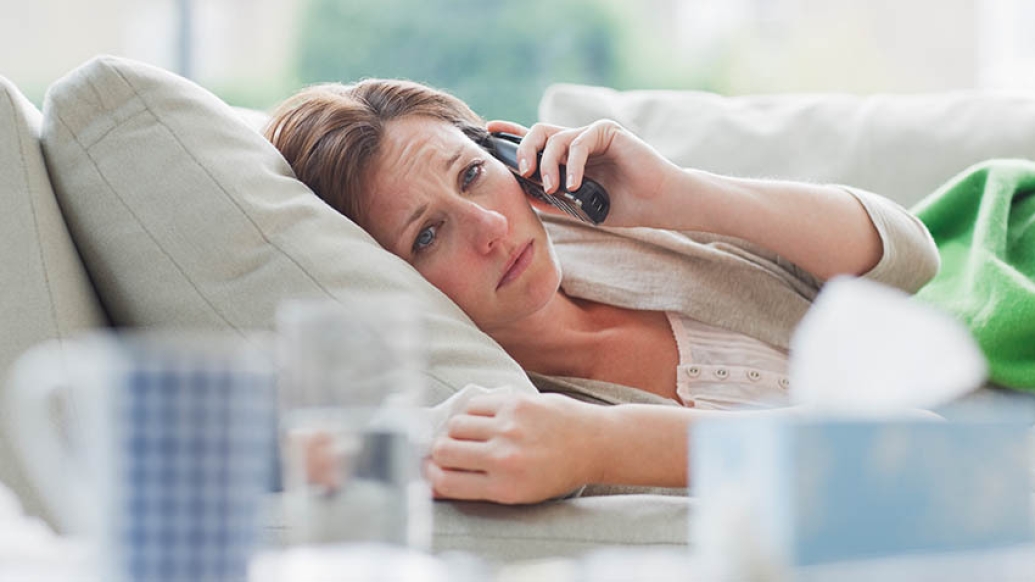
Editor's note: Information on the COVID-19 crisis is constantly changing. For the latest numbers and updates, keep checking the CDC's website. For the most up-to-date information from Michigan Medicine, visit the hospital's Coronavirus (COVID-19) webpage.
Interested in a COVID-19 clinical trial? Health research is critical to ending the COVID-19 pandemic. Our researchers are hard at work to find vaccines and other ways to potentially prevent and treat the disease and need your help. Sign up to be considered for a clinical trial at Michigan Medicine.
I am sitting at my kitchen table. To my right is my daughter, 9; to my left, my son, 11. They are drawing, reading, doing work that their teachers have diligently sent electronically. Between quiet stretches and fighting between my kids, I try to keep up with the nonstop, detailed emails coming from my institution, Michigan Medicine, information designed to keep staff up to date and ready to work.
I am a practicing family physician and researcher at the University of Michigan with a focus on adolescents and young adults. The impact and gravity of coronavirus has reshaped my work life, which is now a cascade of new and changing information and more patient care. Most immediately, videoconferencing and phone calls have largely replaced face-to-face office visits except for the most urgent issues.
Last weekend, while I was at home with my family, I was on call to speak by phone to patients with complex cases who fell outside the responsibility of our triage nurses. This was the first weekend since the alarms had been raised about COVID-19 in our community, which catalyzed a series of closures among schools, businesses and organizations. People were understandably nervous and scared.
Some patients cried and were terrified that they had COVID-19. Some demanded to be tested. Patients had many reasons for wanting to be tested – their child was immunocompromised, they were caring for elderly parents, they were recently on a plane and the person next to them had been coughing. I had to tell nearly everyone that they didn't qualify for testing – yet.
Some patients with true emergencies refused to go to the emergency room for fear they would be infected. Some elderly patients who needed to be seen by a doctor or pick up a prescription couldn't because their adult children and support people were under quarantine from work, travel, sickness or a combination. There was no one left to help them.
What could we do? My staff and I had to think of alternate options, things many of us are learning to rely on, like grocery delivery, medicine delivery, asking neighbors for help.
On Mondays, I typically see patients at The Corner Health Center, a community health center that specializes in caring for teens and young adults. When I arrive at my clinic, I receive an email about social distancing, staying six feet away from others. I send my medical student home. The trigonometry of three people trying to stand six feet apart in an exam room is unmanageable.
For a Monday, there weren't many patients in the clinic. The clinic staff had set up video visits and called every patient, converting in-person visits to "phone visits," to decrease the need for clinic visits. After a few phone conversations with patients, I felt encouraged about the ease of virtual visits and how happy the patients seemed with this new way to connect. I was starting to feel as if this could work. Helping patients, while flattening the curve.
Soon after, I got an email saying that the University of Michigan had suspended all medical student clinical rotations. Whew! One less risk for transmission, as the staff work to balance patient care and public health.
Another email notified our clinic that, like other health systems, we were ending all nonurgent visits. All patients are categorized into 1) urgent and needing to be seen in person; 2) urgent but can be evaluated by video or telephone; or 3) safe to postpone for 6-8 weeks.
I know that talking to my patients by phone will allow me to personally connect with them and provide reassurance and care. At the same time, all evidence shows that the pandemic is going to get worse before it gets better. For the first time, I am giving patients my personal cellphone number.
Clinical care is changing faster than at any other time in my career. A big part of my job now is just keeping up. I consider how skeptical people were before COVID-19 that telemedicine visits could be acceptable because of ethical concerns, privacy issues and billing. Yet, in less than a week, video visits are up and running with the Centers for Medicare & Medicaid Services and the U.S. Department of Health and Human Services allowing health care institutions to use any video conferencing platform for patient care, including Skype and FaceTime.
Underlying all of these rapid clinical changes is a gnawing fear about bringing the virus home. Like many other physicians, I have kids at home. My partner is also a physician. We've had to have hard conversations with our kids. They include what happens if Mommy gets sick, what happens if Daddy gets sick. As parents, we tell them that it's important to be strong and help each other at home because we are a family. "I hate coronavirus," my daughter says. Me too, I think, but I don't say that aloud.
A few days later, our department gets an email forwarded from a peer university stating that the "overall rate of infection in our healthcare workers is lower than the general population being tested." Apparently transmission to health care workers is still mostly from interactions in the community, not from taking care of patients. I am relieved.
Family physicians are trained to recognize that people's relationships, emotions and responsibilities impact health. For me as a family doctor, the unintended consequences of the COVID-19 response are becoming apparent.
As one frustrated patient who cares for her elderly mother said to me, "My mom may die of the virus, but without work, we could starve. I don't know what I'll feed my kids."
Things like social isolation, worsening mental health issues, job loss, loss of health insurance and food insecurity are all issues I have heard about from my patients, friends and family. The COVID-19 pandemic is our current public health emergency, and it's deadly serious. But I worry that the aftermath may be just as bad. We need to plan for it.
As I reflect on my experiences so far, I want to share these messages. Please stay home and take care of yourself and your family. While health care professionals are working hard to take care of patients, doctors may not be able to respond as they have in the past. You may need to delay nonurgent visits. An in-person visit may be a video chat instead. You may see a different doctor altogether. And if you can, reach out safely to support your community, friends and loved ones. We're all in this together.
This article is republished from The Conversation under a Creative Commons license. Read the original article.

Explore a variety of healthcare news & stories by visiting the Health Lab home page for more articles.

Department of Communication at Michigan Medicine
Want top health & research news weekly? Sign up for Health Lab’s newsletters today!
